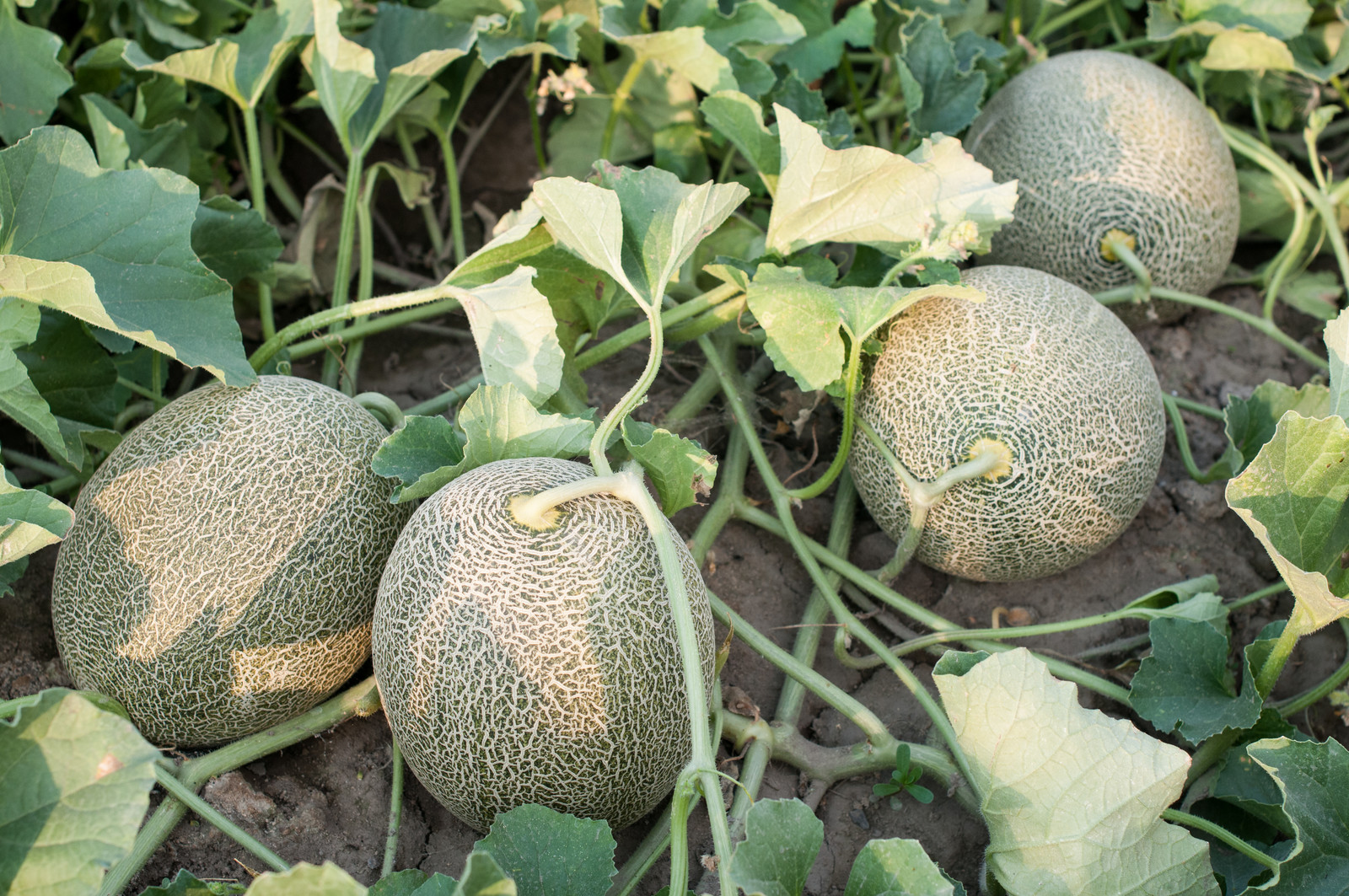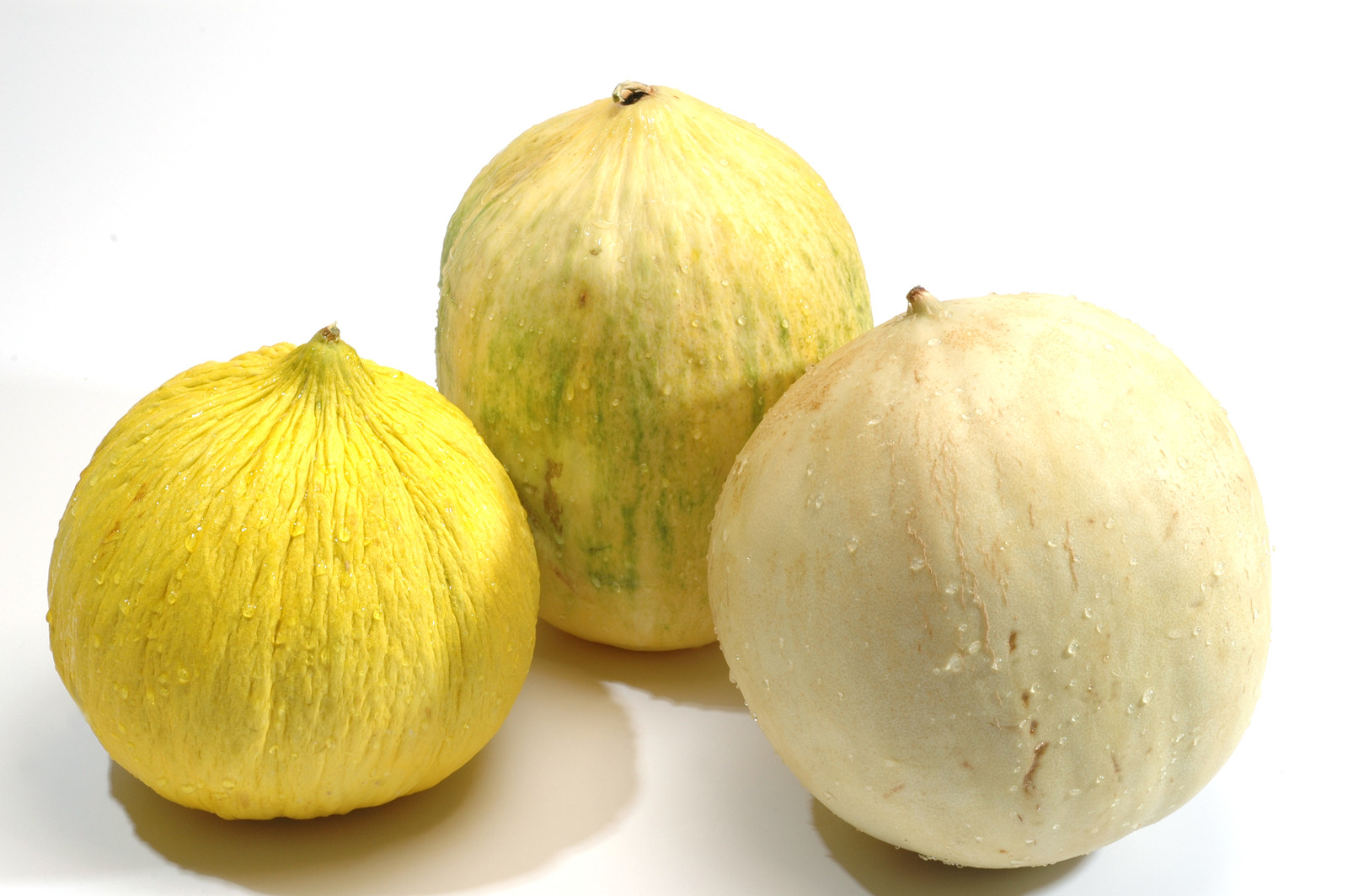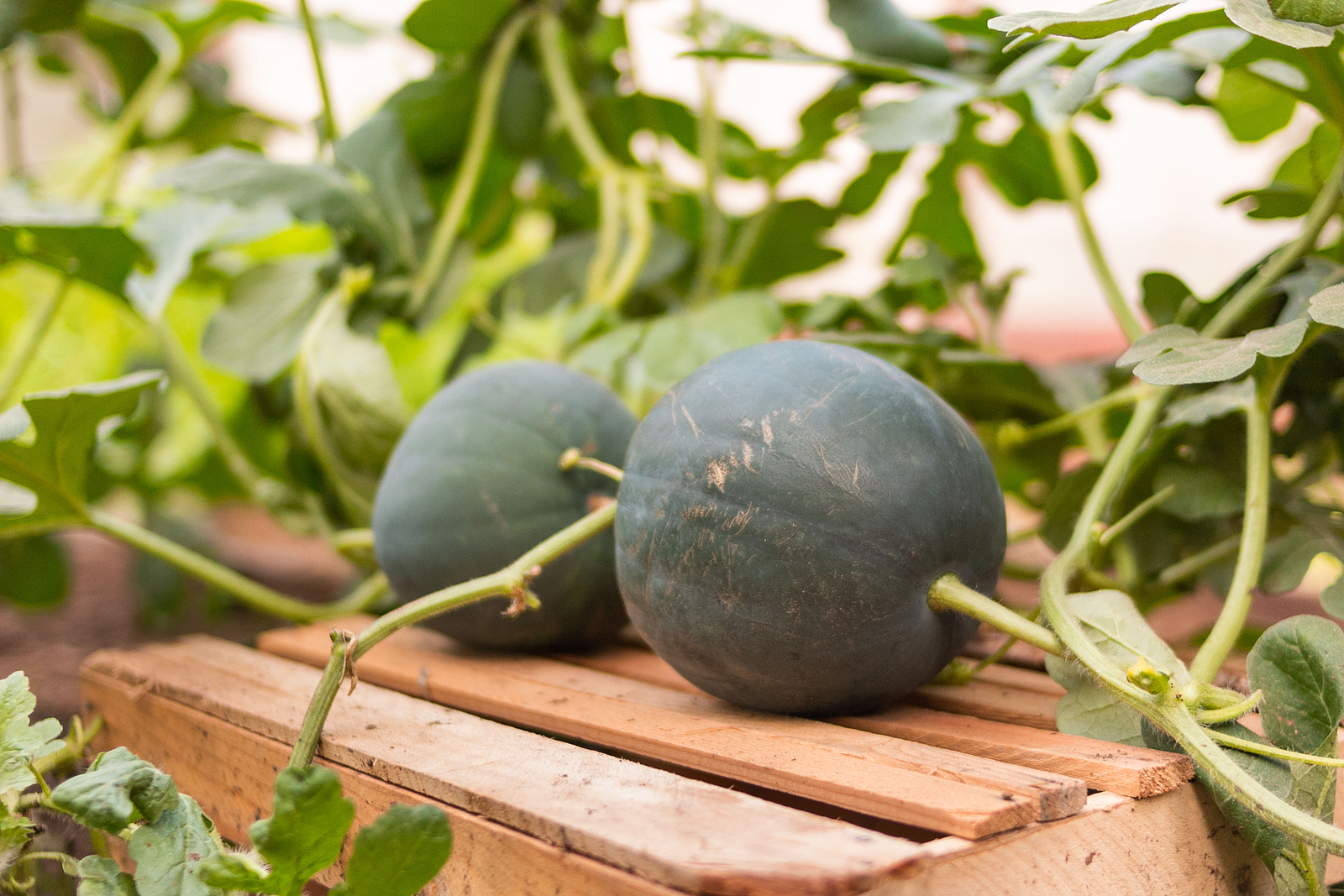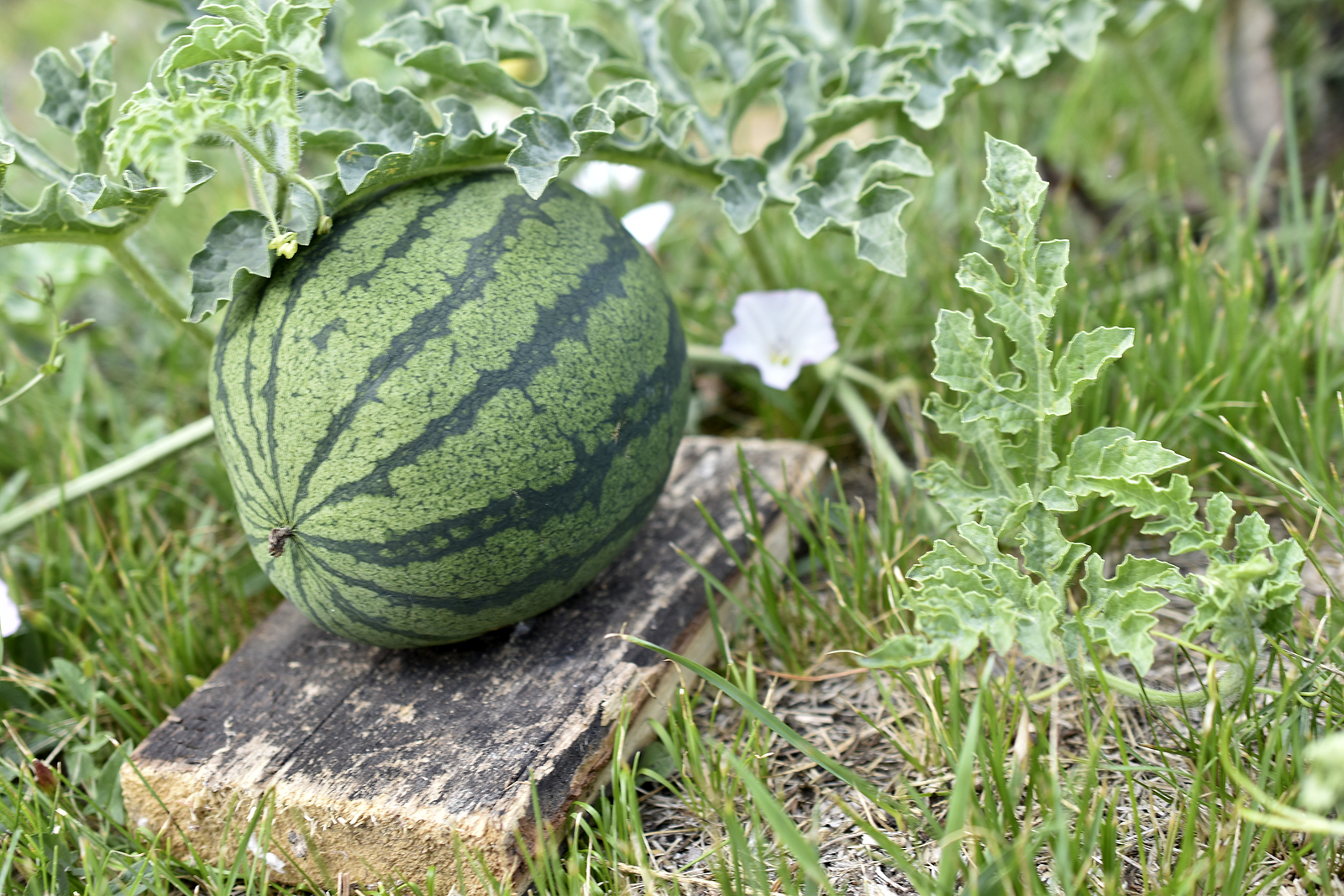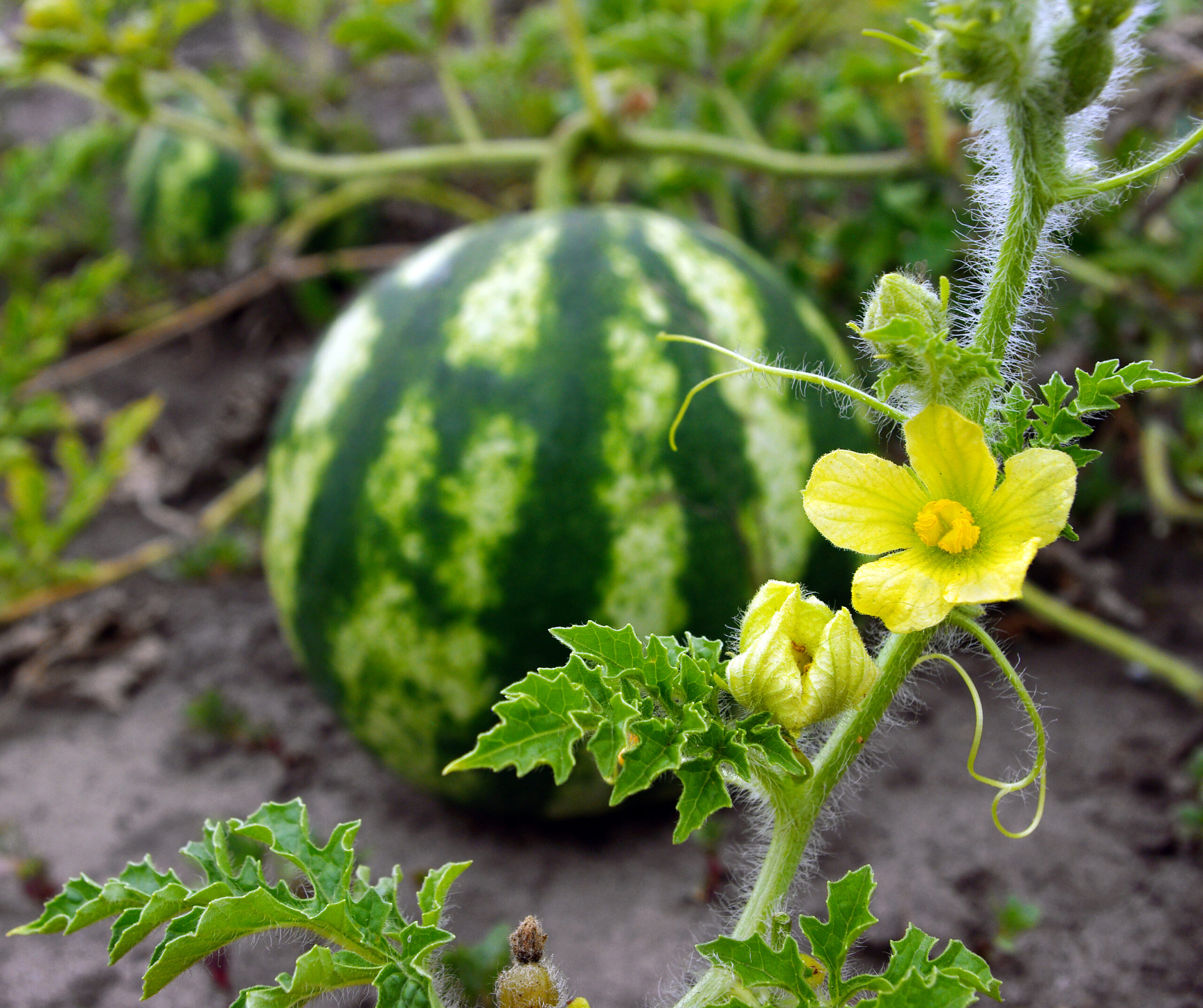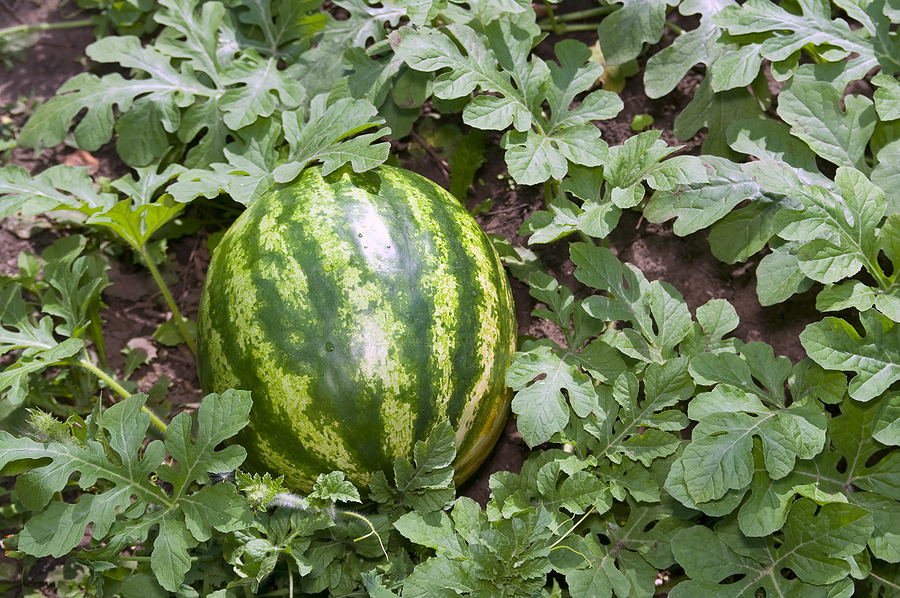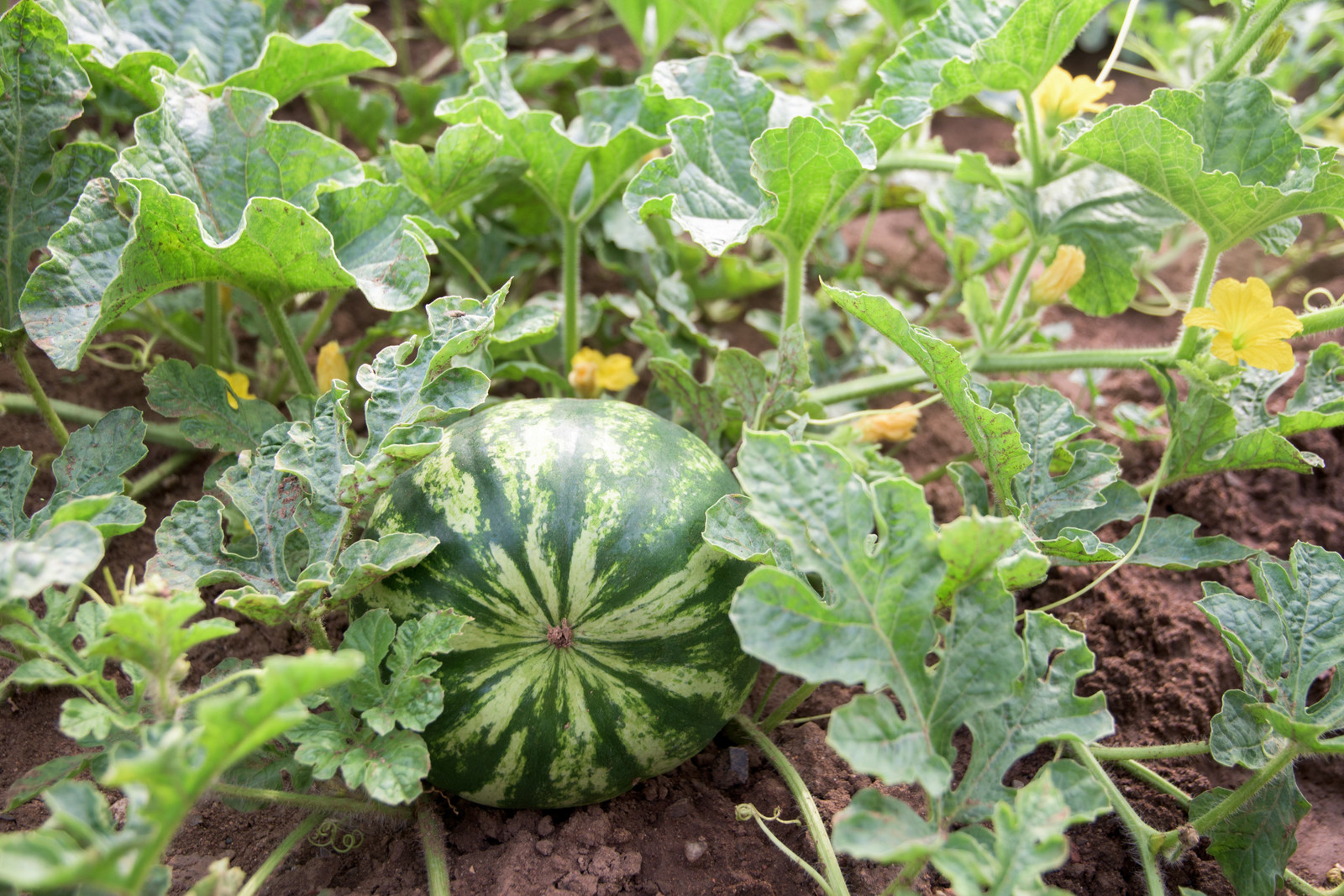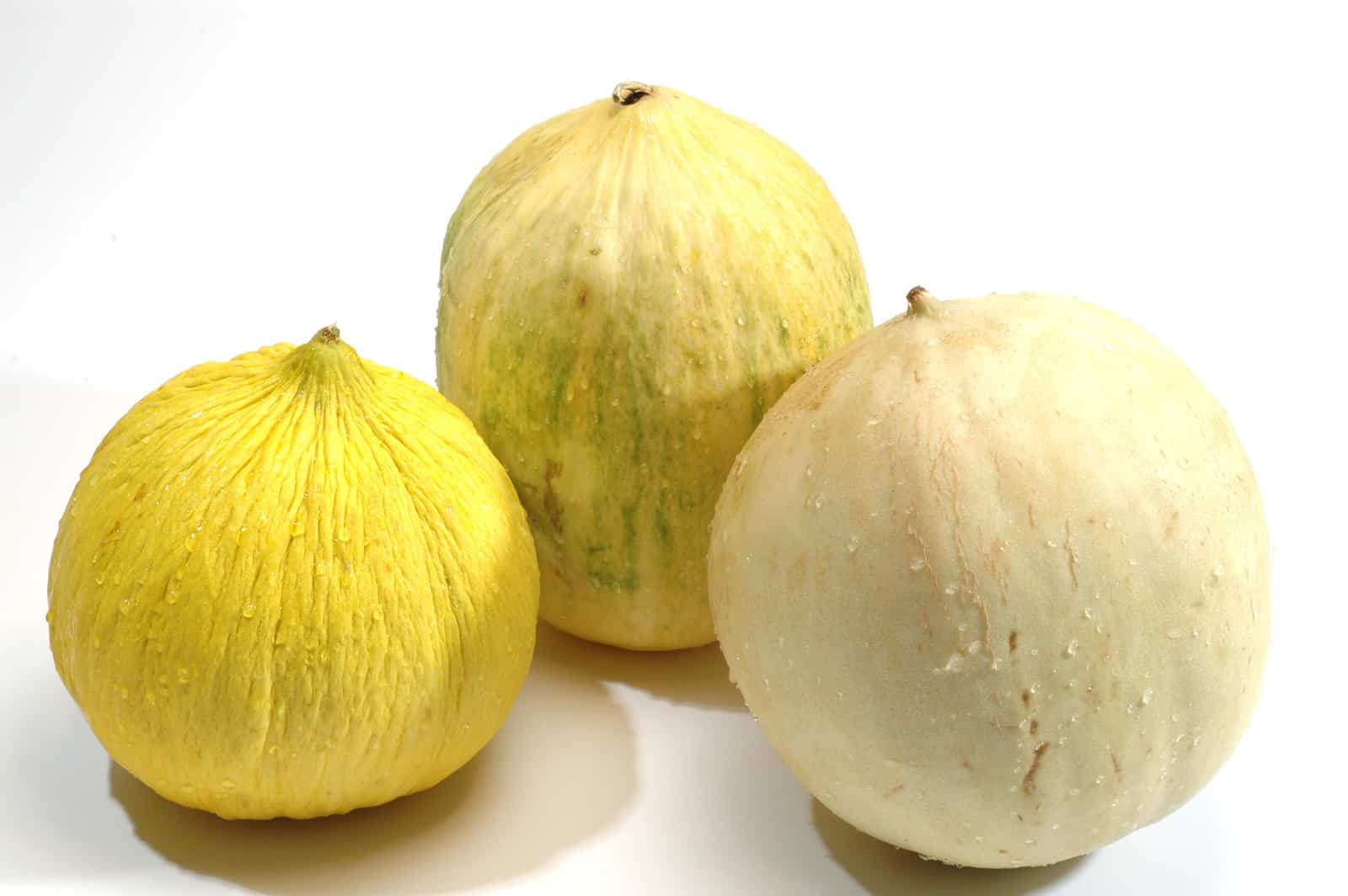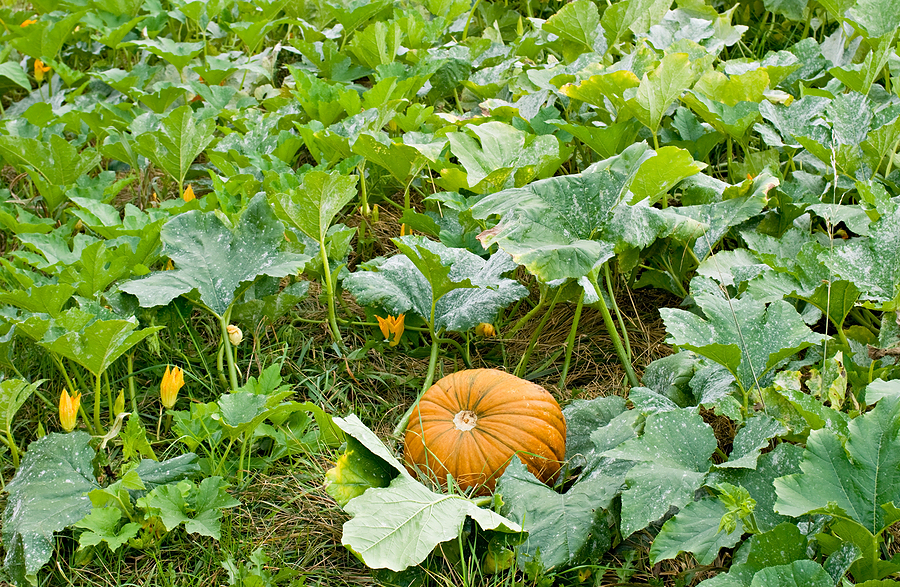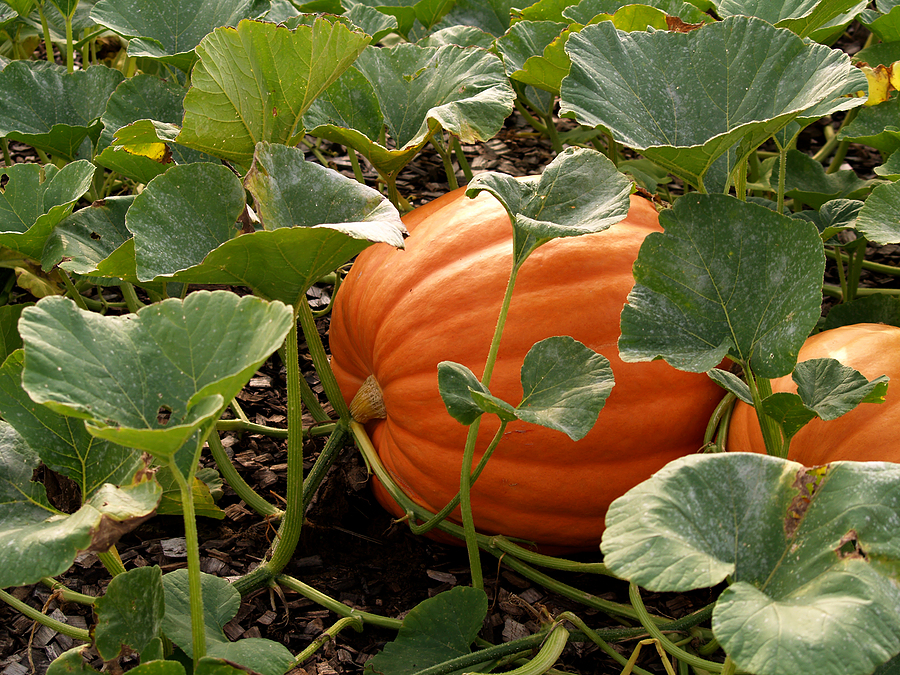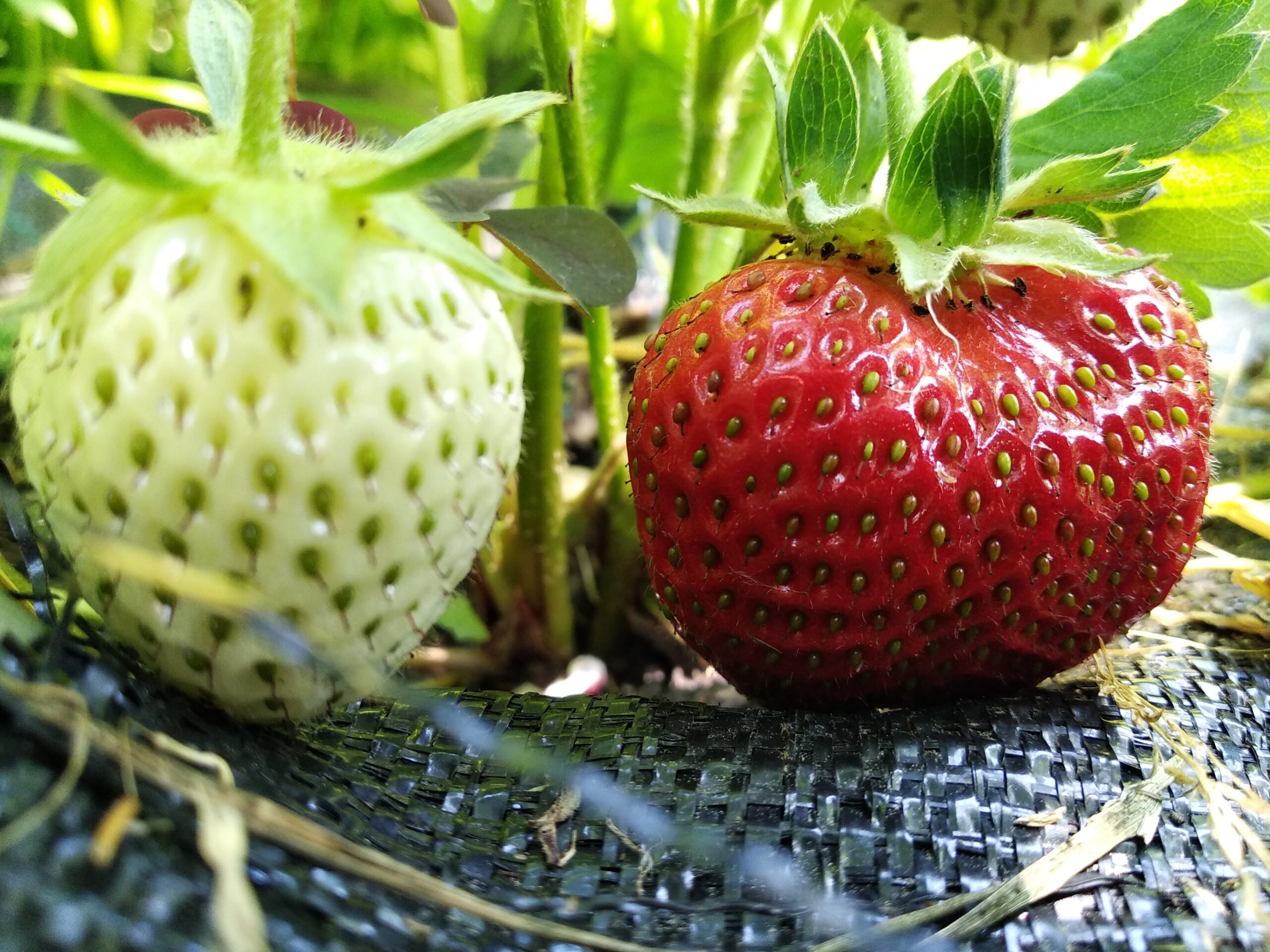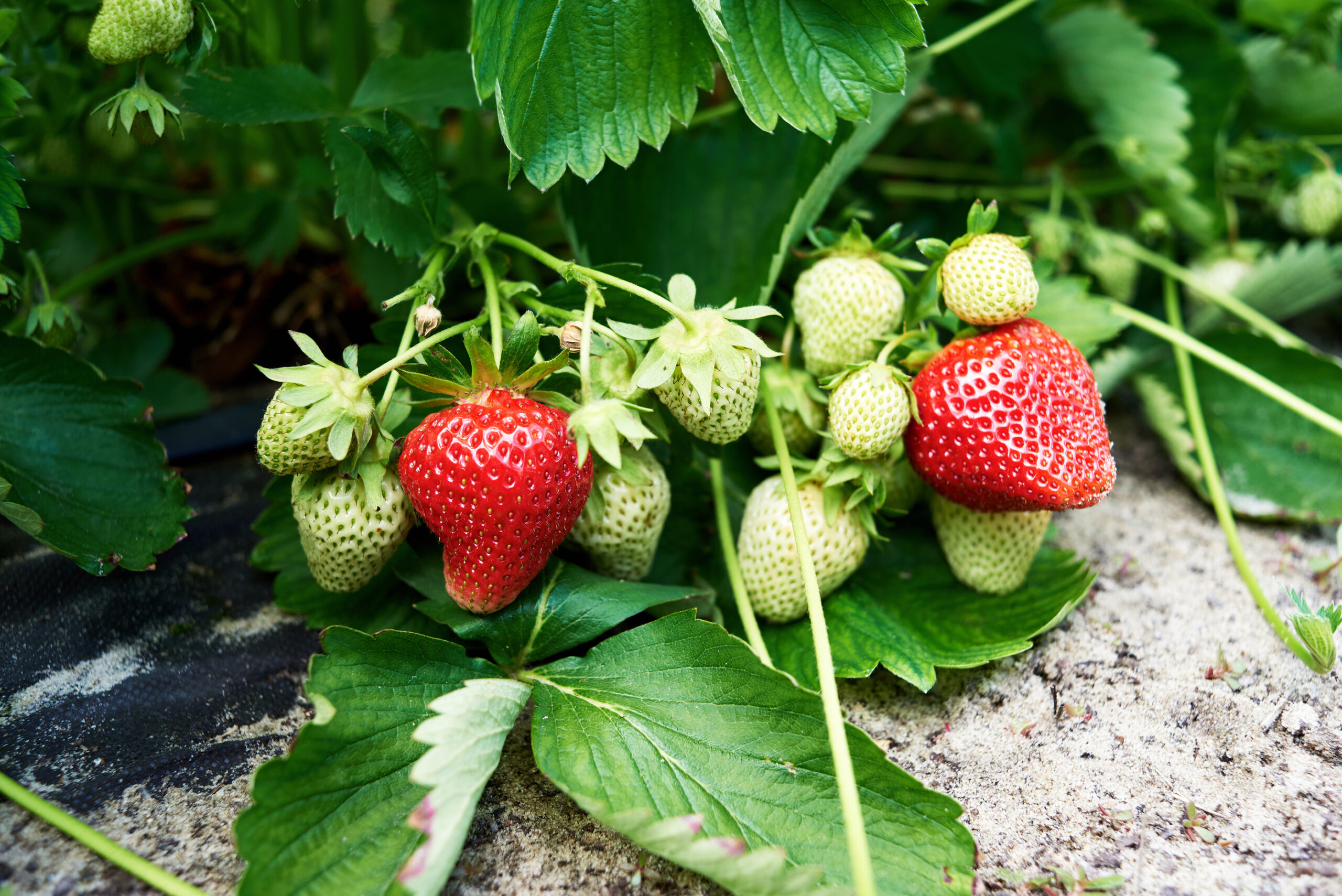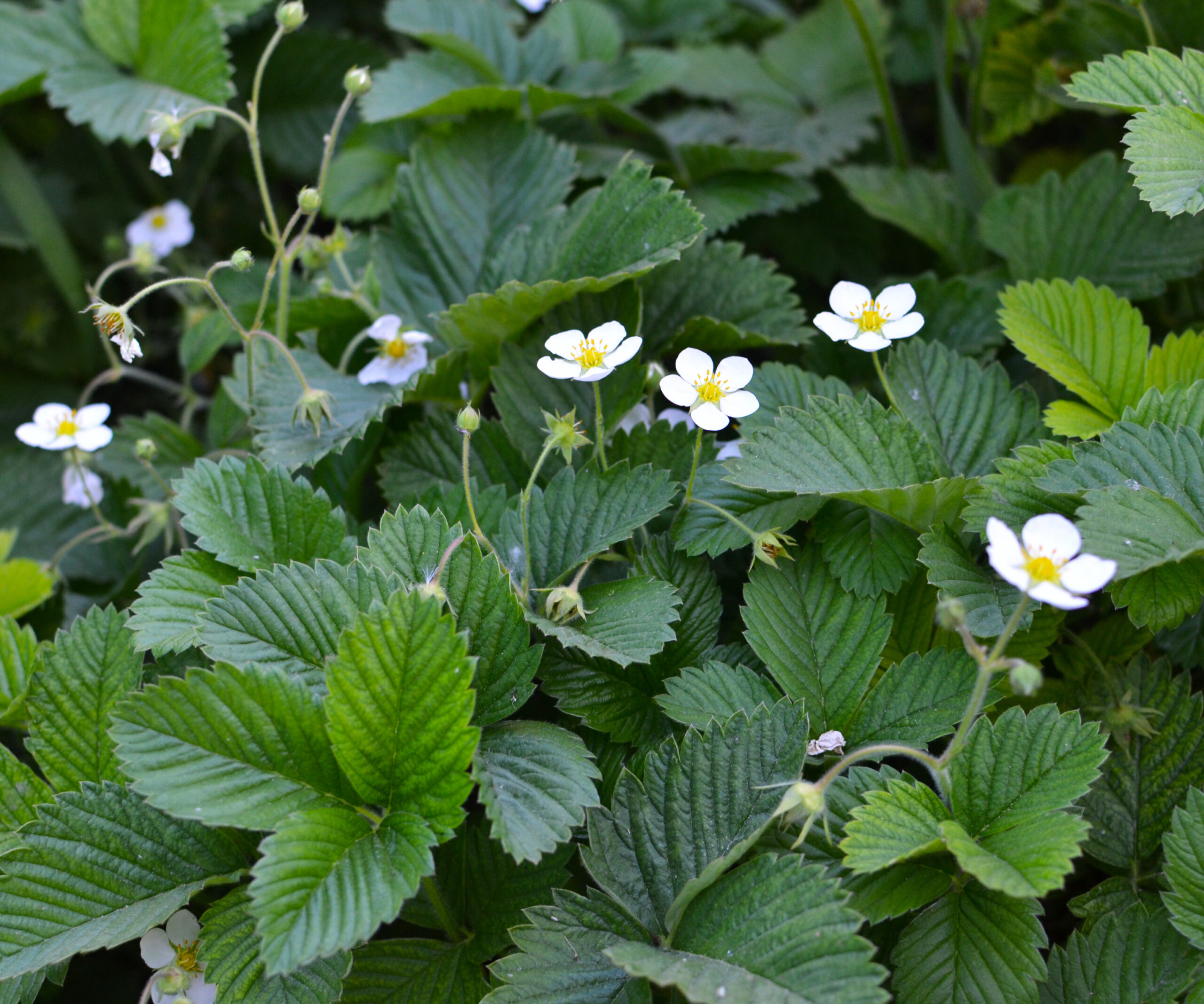Guides
Subterms
Latest stories
More stories
-
Best Watermelon Varieties for Small Spaces (Bush & Short Vines)
Watermelon is often seen as a garden space hog, with sprawling vines that seem to take over everything. But if you’re short on space—whether gardening in raised beds, containers, or a tight backyard—don’t write off this summer favorite just yet. As a long-time gardener who grows year-round in raised beds and containers, I’ve found several […] More
-
Best Long Vine Watermelons for Large Gardens
If you have plenty of garden space and a love for sweet, juicy fruit, long vine watermelons are a fantastic addition to your summer garden. These traditional varieties are known for their vigorous growth, full-sized fruit, and unbeatable flavor. But be warned—they need room to roam. As someone who’s been gardening for decades and growing […] More
-
Top Watermelon Varieties for Short Growing Seasons
f you live in a region with a short summer—or you’re gardening in a cooler climate where frost can return before Labor Day—growing watermelons can be a challenge. But not an impossible one. As a longtime gardener who’s grown melons in both coastal and inland regions with varied microclimates, I can tell you firsthand: variety […] More
-
Watermelon Varieties by Size: From Personal Melons to Giants
Choosing the right watermelon variety can make all the difference when it comes to garden space, growing time, and harvest goals. Whether you’re planting in a container or dreaming of blue-ribbon giants, there’s a watermelon to match your needs. After decades of growing melons in raised beds and open ground, I’ve come to rely on […] More
-
How to Grow Seedless Watermelons Successfully
Seedless watermelons are a summertime favorite for their crisp, juicy flesh and near-absence of tough black seeds. If you’ve ever wondered how to grow seedless watermelon in your home garden, it’s important to understand how these special melons work—and why they require a little extra planning. I’ve grown seedless watermelon in my own garden in […] More
-
Summer Melons vs Winter Melons: Know the Difference
Melons are a favorite in the summer garden, but not all melons are created equal. Knowing the difference between summer melons and winter melons can help you plan your garden more effectively and enjoy a longer harvest season. While all melons are grown during the warm season, their time to maturity and harvest windows vary […] More
-
Choosing the Right Pumpkin: Cooking vs Carving
Every fall, pumpkins take center stage—from kitchen tables to front porches. But before you grab the first bright orange squash you see, it’s important to know: some pumpkins are better for cooking, and some are better for carving.I’ve grown and cooked with pumpkins for years, and choosing the right type really does make a big […] More
-
Pumpkin Varieties You’ll Love to Grow
Pumpkins come in all shapes, sizes, and colors—from cute minis to giant showstoppers. Over the years, I’ve grown dozens of varieties in my home garden, and today I’m excited to share some of the best pumpkins for different uses: eating, decorating, and even competing at the county fair! With more than 30 years of hands-on […] More
-
Strawberry Varieties by Region: The Best Picks for U.S. Gardeners
Strawberries are a favorite for home gardeners across the United States. But to get the best harvest, it’s important to choose strawberry varieties that thrive in your region’s climate. Different varieties are bred for specific conditions—like heat tolerance, cold hardiness, or resistance to local pests and diseases. Here’s a regional guide to the best strawberry […] More
-
June-Bearing Strawberry Varieties: A Complete Growing Guide
If you’re aiming for big harvests of sweet, juicy strawberries, June-bearing strawberries are a must. They’re famous for producing one large, concentrated crop per year—usually in late spring or early summer. And while they all bear fruit just once a year, not all June-bearers are created equal. After years of growing strawberries across regions, I’ve […] More
-
Strawberries: June-bearing vs Ever-bearing vs Day-neutral Varieties — What’s Best for Your Garden
If you’ve browsed strawberry plants online or at your local nursery, you’ve probably come across terms like June-bearing, ever-bearing, and day-neutral. These categories refer to how and when the plants produce fruit—and choosing the right type can make a big difference in your harvest. As a lifelong gardener with more than 30 years of experience […] More
-
Guide to Alpine Strawberries: Tiny but Tasty
Alpine strawberries may be small, but they pack a punch when it comes to flavor. Often overlooked in favor of their larger cousins, these dainty berries are a hidden gem in the home garden—perfect for gardeners who value taste, fragrance, and charm over sheer volume. As someone who has grown alpine strawberries in containers, raised […] More

